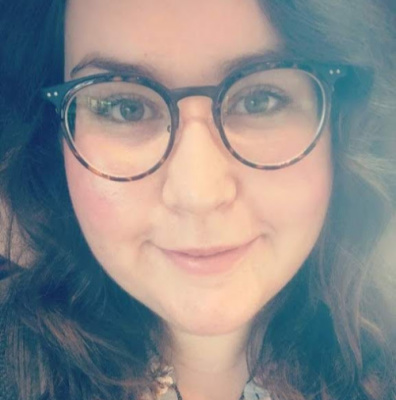Journal
If ever there were an interval for updating you on the most recent medical events in our family, now would be it.
The last you heard, Noah had been experiencing an increase of seizures, of mysterious episodes, and his heart had developed an arrhythmia. The process of building up to this point was slow, beginning in June of 2019 and peaking slightly in December of 2019. We discovered in October that he was borderline anemic again and since all of this began, he's had 5 trips to the emergency room for unusual seizure activity.
Now..
In some ways, thing are slightly improved in that, since a more aggressive iron treatment, the severity of the episodes have declined. Since all of these problems began, we ruled our lung and blood sugar issues through the general practitioner, and after a trip to Noah's cardiologist we've also ruled out his heart being the source. We jumped through every hoop available in order to pinpoint the true cause of issues-- his medication. We wanted be be certain about it before we started the long process of changing everything.
Noah's case is one she lovingly refers to as "tricky." He has intractable epilepsy, which means that his seizures are medication resistant. The day I called to update her about the findings from the cardiologist and the information on the increase in seizure activity, we were seen the following day. For those who are familiar with seeing specialists, you might agree that being rushed in is a red flag.
After we effectively ruled out every other cause for the episodes (excessive sweating, paleness, and exhaustion), we laid out every medication he's currently taking in a large timeline in comparison to my observations and the way these episodes tracked over the years. As it turns out, 3 of his medications all had a 1% likeliness for causing arrhythmia but as they were layered over each other the risks for arrhythmia increased. All of Noah's medications are important, but they are certainly arranged (via timeline) in order of least important to most important. The 2 more recent potentially arrhythmia-causing medications needed to stay. So in an effort to maintain the greatest equilibrium, we made the decision to wean him off of the medication he's been taking the longest (4 years).
It's important to note that while the arrhythmia is a serious complication of medication, it is parallel to the issue of increased seizure activity. The neurologist guessed that the increased activity was actually a result of stress on the body caused by the arrhythmia. But as the seizures increased, the current seizure medication was losing its overall effectiveness.
For those who were unaware, SUDEP (sudden unexpected death in epilepsy) is closely related to the combination of heart problems in conjunction with seizure activity. While it is important to gain better control of the seizures again, reducing arrhythmia is more important. The next step is to wean him off of the medication and establish a baseline for how his body performs without the drug he's been reliant on for so long. Afterwards we should have a better idea of what his needs are.
If that wasn't concerning enough, we also needed to have a conversation about seizure medications in general.
I don't know how to explain this without referring back to statistics class. When a patient has a new presentation of epilepsy and needs to begin medication, the neurologist has an entire list of medications from which to choose. Imagine that this list is arranged from most effective with least number of side effects all the way to the bottom (potentially effective with significant side effects).
The statistical probability goes something like this:
Before the patient begins a pharmacological treatment, the list is 100% effective as far as we know.
If the first medication fails, the doctor must move to the next medication on the list, but now the list is only likely to be 85% effective.
If the second medication fails, the next medication is only likely to be about 75% effective, etc.
For Noah, we've been at the medication game for 5 years in total and we're now 7 medications into that list. His neurologist has been doing her best to find ideal treatments for Noah, but we've worked far enough down that the side effects and cost to quality of life is beginning to outweigh the potential effectiveness. As a matter of fact, the next medication change has only a 15% chance of working.
This is when I was introduced to the next potential surgical option, the Vagus Nerve Stimulator Implant.
Over the course of the next month, I will be researching the success rates, outcomes, side effects, and long term effects of this surgery. The least of which will be committing to a surgery every 5-6 years for the rest of his life for a maximum potential success rate of approximately 65% seizure REDUCTION. That being said, with the help of counsel, we'll be making a decision about whether or not this surgery is the best option to improve the quality of life for an already abbreviated lifespan.
Keeping you, our friends and family, in the loop to the best of my ability as Noah's needs change.
He's an easy boy to love. Still the biggest fan of Scooby Doo, lover of skateboards and bicycles, and dreams of becoming a police officer to "catch the bad guys." Ultimately, we're just seeking a little relief for a life that's already been too hard while simultaneously helping him find his place in the world.
Thank you for taking the time to stay up to date with us
Read the latest Journal Entry
4 Hearts • 3 Comments


